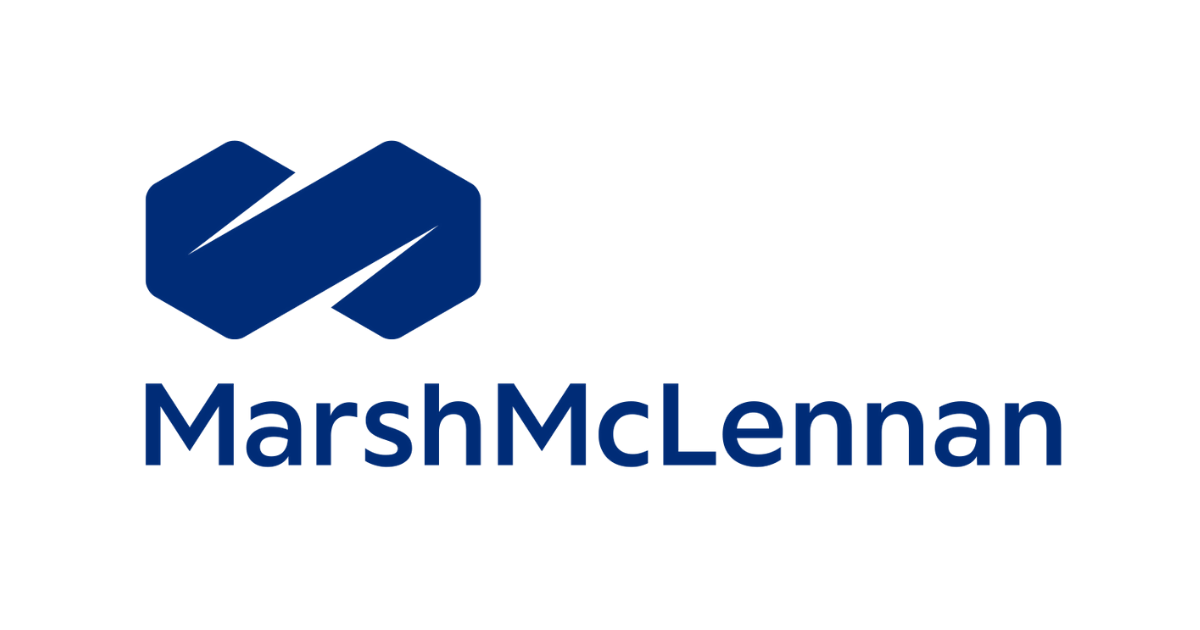- Marsh & McLennan Companies, Inc. (NYSE:MMC) reported an EPS of $1.85, beating the estimated $1.79 and reflecting an 11% increase in adjusted EPS.
- The company’s revenue reached approximately $6.35 billion, surpassing the estimated $6.31 billion, with an 11% overall increase and a 4% rise on an underlying basis.
- MMC’s financial health is solid, with a P/E ratio of approximately 24.30, a price-to-sales ratio of about 3.88, and a current ratio of 1.20.
Marsh & McLennan Companies, Inc. (NYSE:MMC), a leading entity in the professional services sector focusing on risk management, strategic consulting, and human resources, continues to outperform its competitors like Aon and Willis Towers Watson. MMC’s recent financial performance underscores its robust market position and its capacity to surpass expectations.
On October 16, 2025, MMC announced earnings per share (EPS) of $1.85, exceeding the forecasted $1.79. This marks an 11% increase in adjusted EPS, as revealed in the company’s financial results for the third quarter. Furthermore, the company’s revenue also outperformed expectations, amounting to approximately $6.35 billion, against the anticipated $6.31 billion.
The company’s revenue growth is commendable, with an 11% increase overall and a 4% rise on an underlying basis. This growth is bolstered by a 13% increase in adjusted operating income, showcasing MMC’s proficiency in managing its operations and enhancing profitability. John Doyle, President and CEO, characterized these results as solid and meeting expectations.
MMC’s financial metrics offer deeper insights into its performance. The company’s price-to-earnings (P/E) ratio of approximately 24.30 signifies the price investors are ready to pay for each dollar of earnings. Moreover, the price-to-sales ratio of about 3.88 and enterprise value to sales ratio of around 4.66 highlight the value attributed to the company’s sales.
The financial health of the company is also evident in its liquidity and leverage ratios. With a current ratio of 1.20, MMC maintains a satisfactory level of liquidity to meet its short-term liabilities. The debt-to-equity ratio of 1.37 indicates a balanced approach to financing its assets, utilizing both debt and equity.




